Maximizing Engagement: Analyzing Content Consumption User Behavior


Understanding the Importance of Content Consumption User Behavior
In the digital age, understanding user behavior is crucial for businesses and content creators to effectively engage their audience and drive desired outcomes. Content consumption user behavior refers to the patterns, preferences, and actions exhibited by individuals as they interact with digital content, such as articles, videos, social media posts, and more. By analyzing this data, organizations can gain valuable insights into how their target audience discovers, consumes, and interacts with their content, allowing them to optimize their strategies and better meet the needs of their users.

In this comprehensive article, we will delve into the world of content consumption user behavior, exploring the various factors that influence user engagement, the benefits of analyzing this data, and practical strategies for leveraging these insights to enhance your content marketing efforts.
Factors Influencing Content Consumption User Behavior
Understanding the key factors that shape content consumption user behavior is the first step in developing effective content strategies. Let's explore some of the most significant influences on user behavior:
Device Preferences
The devices users choose to consume content can have a significant impact on their behavior. For instance, mobile users may have different browsing habits, content consumption patterns, and engagement levels compared to those accessing content on desktop computers. Analyzing device-specific data can help you tailor your content and user experience to better suit the needs of your audience.

Content Format Preferences
Users often exhibit preferences for certain content formats, such as videos, infographics, or long-form articles. Analyzing the performance of different content types can help you determine which formats resonate best with your audience and allocate your resources accordingly.

Timing and Frequency of Consumption
The time of day, day of the week, and frequency with which users consume your content can provide valuable insights. For example, users may be more engaged with your content during specific time slots or on certain days, which can inform your publishing schedule and content distribution strategy.

User Interests and Motivations
Understanding your audience's interests, pain points, and motivations for consuming content can help you create more relevant and engaging material. Analyzing user behavior data, such as the topics they engage with, the types of content they prefer, and the actions they take, can reveal these underlying factors.

Engagement Metrics
Metrics such as time spent on a page, bounce rate, and social shares can provide valuable insights into how users interact with your content. By analyzing these engagement metrics, you can identify which content resonates most with your audience and optimize your strategy accordingly.
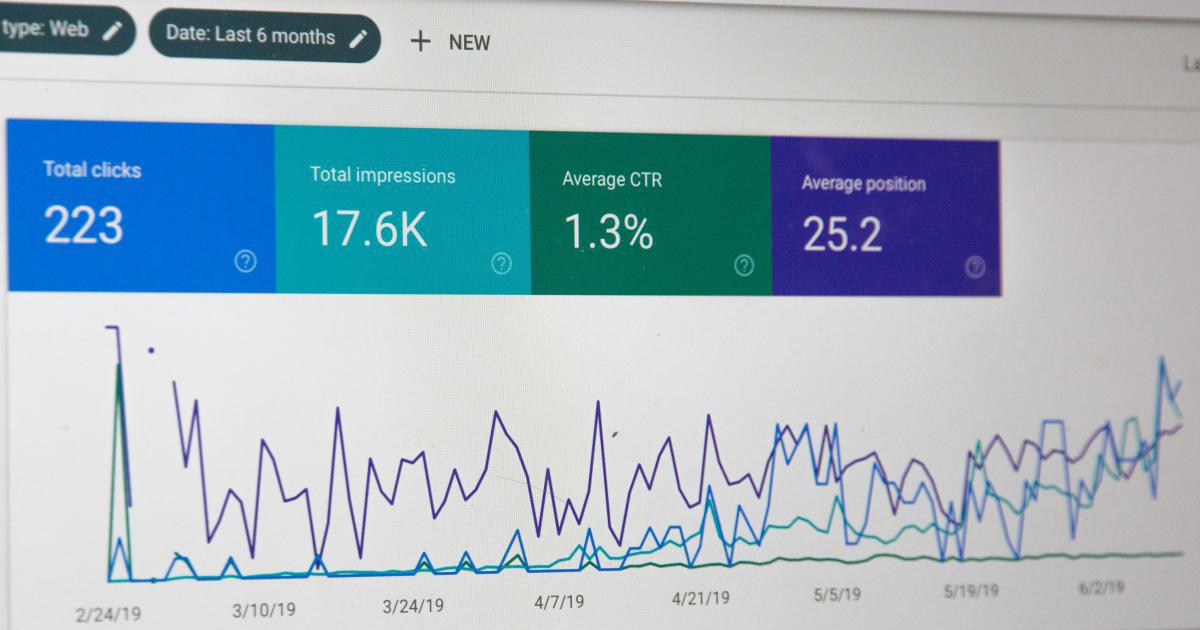
Benefits of Analyzing Content Consumption User Behavior
Analyzing content consumption user behavior can provide numerous benefits for businesses and content creators. Let's explore some of the key advantages:
Improved Content Relevance and Personalization
By understanding your audience's preferences, interests, and consumption patterns, you can create more relevant and personalized content that better meets their needs. This can lead to increased engagement, higher conversion rates, and a stronger connection between your brand and your audience.

Enhanced User Experience
Analyzing user behavior can help you identify pain points, frustrations, and areas for improvement in your content delivery and user experience. This information can then be used to optimize your website, mobile apps, or other content platforms, making them more intuitive and user-friendly.
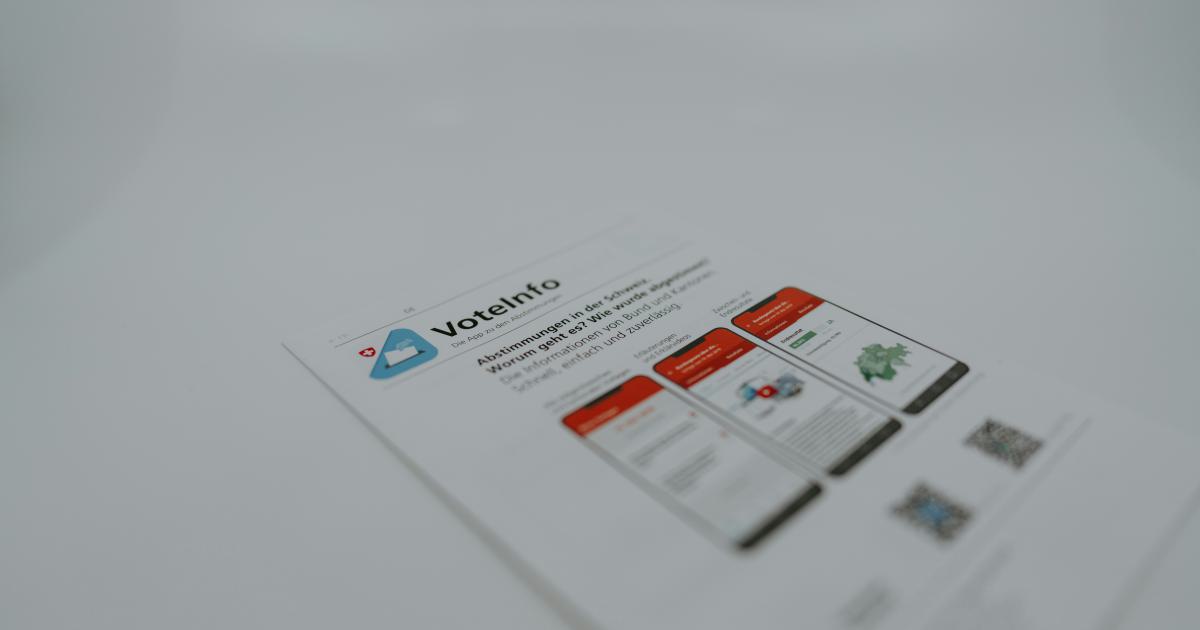
Informed Content Strategy and Planning
By understanding how users discover, consume, and interact with your content, you can make more informed decisions about your content strategy, editorial calendar, and resource allocation. This can lead to more efficient and effective content production and distribution.

Improved Targeting and Segmentation
Analyzing user behavior data can help you identify and segment your audience more accurately, allowing you to create targeted content and marketing campaigns that resonate with specific user groups. This can result in higher engagement, conversion rates, and overall marketing effectiveness.

Competitive Advantage
By deeply understanding your audience's content consumption habits and preferences, you can gain a competitive edge by creating more engaging and relevant content than your competitors. This can lead to increased brand loyalty, higher market share, and better overall business performance.

Strategies for Analyzing Content Consumption User Behavior
To effectively analyze and leverage content consumption user behavior, it's essential to have a well-defined process in place. Here are some key strategies to consider:
Collect Comprehensive Data
Gather data from a variety of sources, including web analytics tools, social media platforms, email marketing platforms, and any other relevant sources. This will provide a more holistic view of your audience's content consumption habits and preferences.
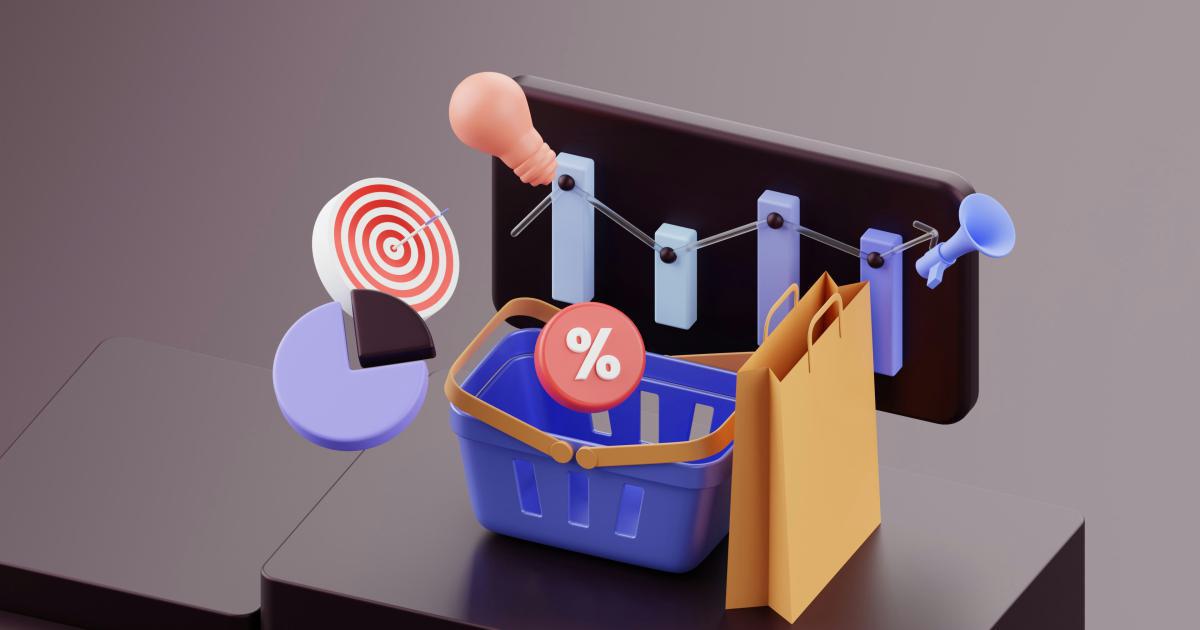
Segment and Analyze Your Audience
Divide your audience into relevant segments based on factors such as demographics, interests, behavior patterns, and engagement levels. This will allow you to identify and understand the unique needs and preferences of each user group.

Identify Patterns and Trends
Look for recurring patterns and trends in your data, such as peak consumption times, popular content formats, and user engagement levels. These insights can help you make more informed decisions about your content strategy and production.

Conduct A/B Testing
Experiment with different content formats, topics, and distribution strategies to determine what resonates best with your audience. A/B testing can help you refine your approach and optimize your content for maximum engagement.

Continuously Monitor and Iterate
Regularly monitor your audience's content consumption behavior and adjust your strategies accordingly. As user preferences and market trends evolve, your content and engagement tactics should adapt to stay relevant and effective.
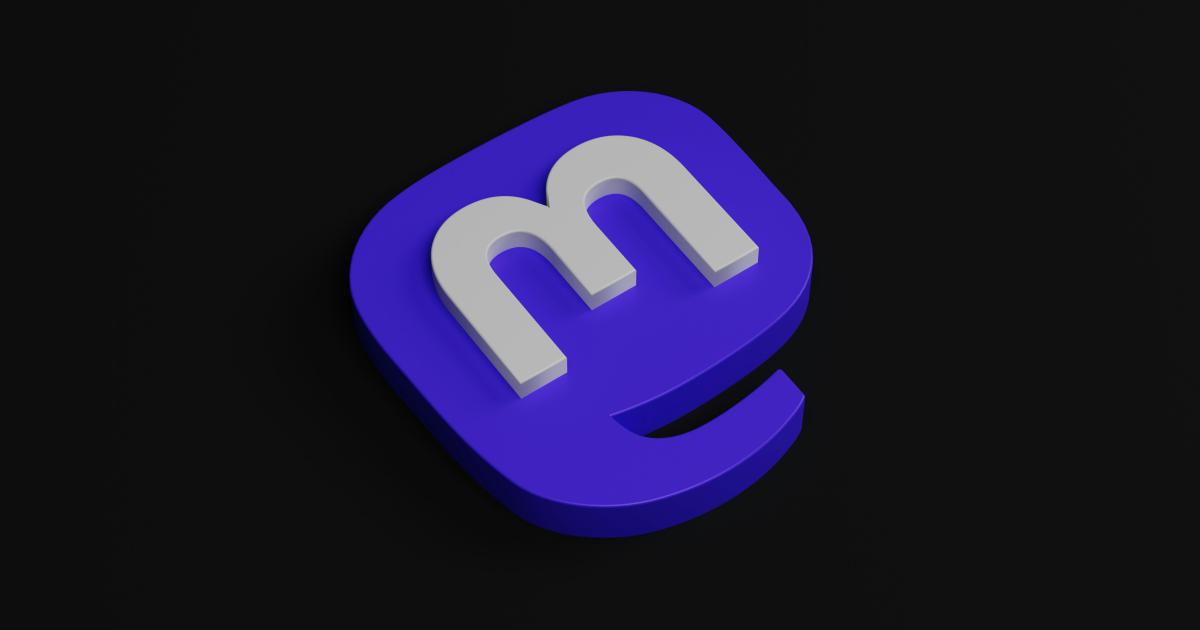
Leverage Automation and AI-Powered Tools
Automate data collection, analysis, and reporting processes to save time and gain more actionable insights. AI-powered tools can help you identify patterns, predict user behavior, and personalize content at scale.

Practical Strategies for Maximizing Content Engagement
Now that we've explored the importance of understanding content consumption user behavior, let's dive into some practical strategies for maximizing content engagement:
Optimize Content for Readability and Scanability
Format your content in a way that makes it easy for users to quickly consume and engage with. This includes using clear headings, concise paragraphs, bullet points, and visual elements to break up the text and guide the reader's attention.

Leverage Multimedia Content Formats
Incorporate a variety of content formats, such as videos, infographics, and podcasts, to cater to different user preferences and learning styles. This can help increase engagement and keep your audience invested in your content.
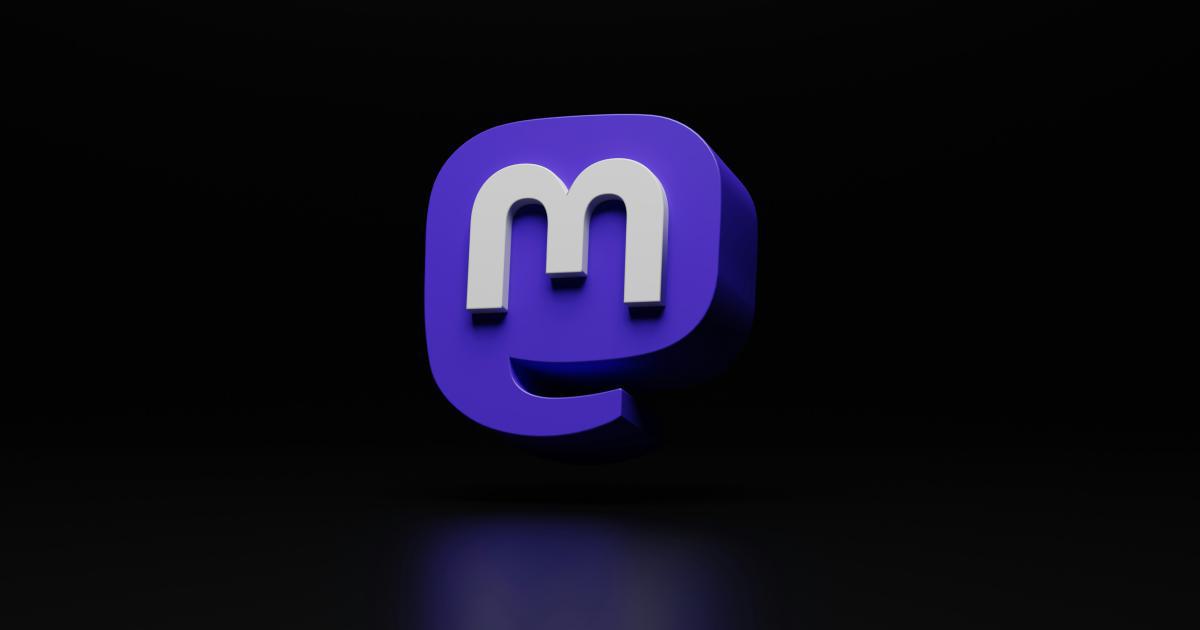
Personalize Content Recommendations
Use data-driven insights to personalize the content recommendations you present to your users, ensuring they're consistently exposed to relevant and engaging material. This can be achieved through machine learning algorithms, user segmentation, and predictive analytics.

Optimize for Mobile Consumption
Given the increasing prevalence of mobile device usage, it's crucial to ensure your content is optimized for seamless consumption on smartphones and tablets. This includes responsive design, mobile-friendly formatting, and fast loading times.

Leverage User-Generated Content
Encourage your audience to create and share their own content, such as reviews, testimonials, or user-generated videos. This can help build a stronger sense of community, increase trust and brand loyalty, and provide valuable user-generated content to feature and repurpose.

Facilitate Interactivity and Engagement
Incorporate interactive elements, such as quizzes, polls, and comment sections, to encourage your audience to actively engage with your content. This can help foster a sense of connection and increase the time users spend interacting with your brand.

Optimize Timing and Frequency of Content Delivery
Analyze the optimal times and frequencies for publishing and distributing your content to ensure maximum visibility and engagement. This may involve experimenting with different posting schedules and monitoring user behavior patterns over time.

Conclusion
Analyzing content consumption user behavior is a crucial component of any successful content marketing strategy. By understanding the factors that influence user behavior, leveraging the benefits of this data, and implementing practical strategies for maximizing engagement, businesses and content creators can create more effective, personalized, and impactful content experiences.
Remember, the key to success lies in continuously analyzing, testing, and adapting your approach to meet the evolving needs and preferences of your target audience. By doing so, you can stay ahead of the curve, outperform your competitors, and build a loyal, engaged following that drives tangible business results.